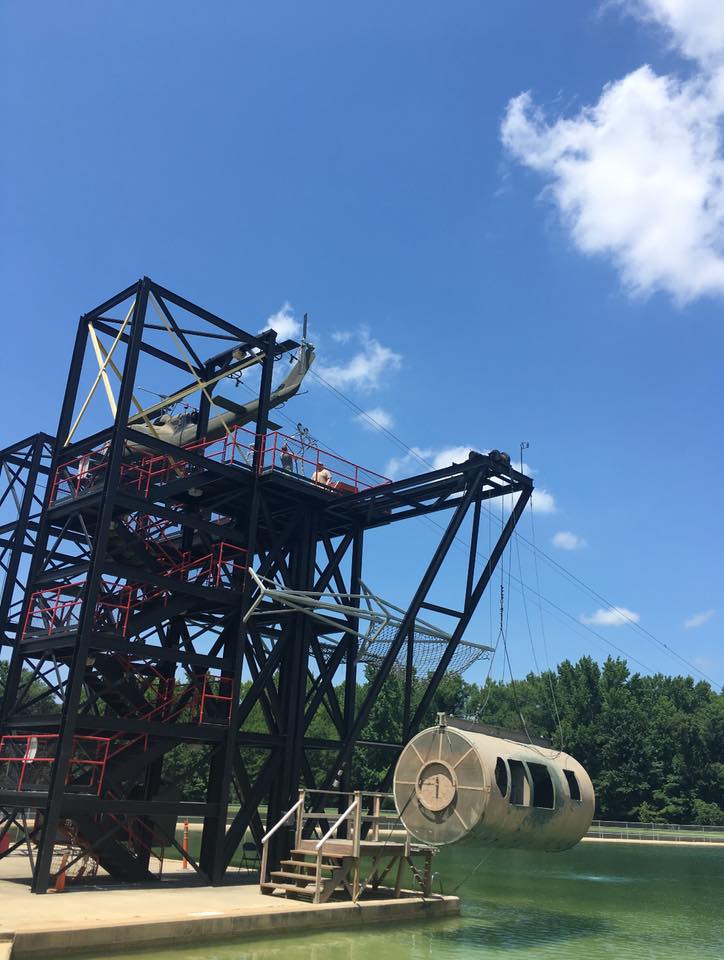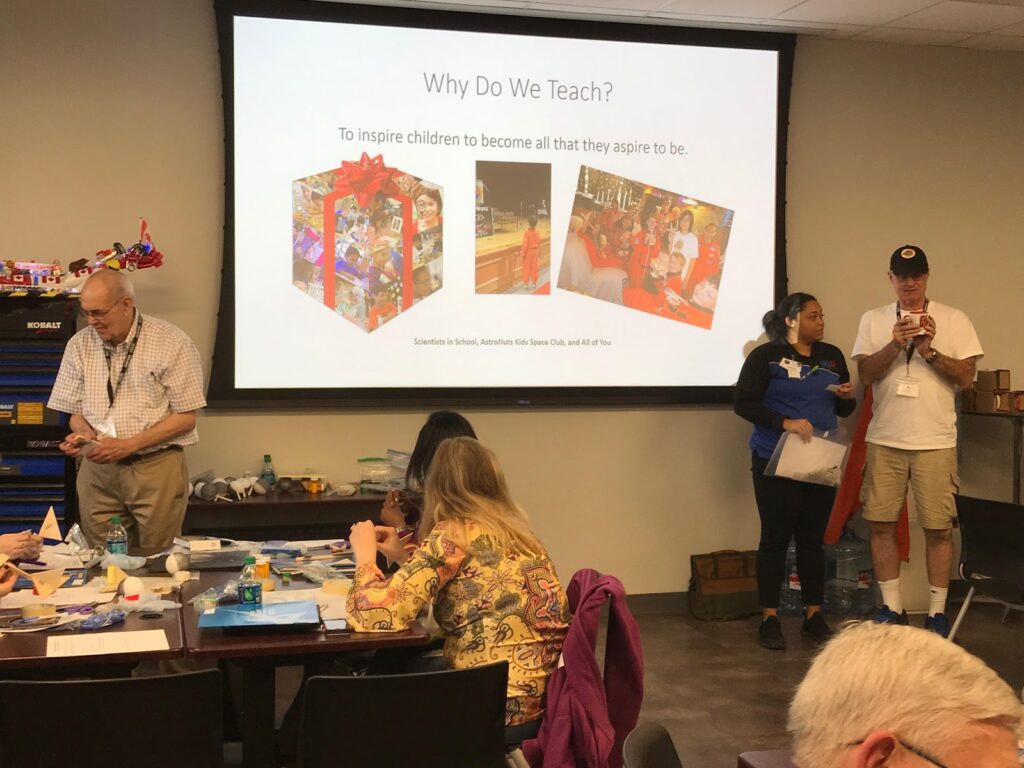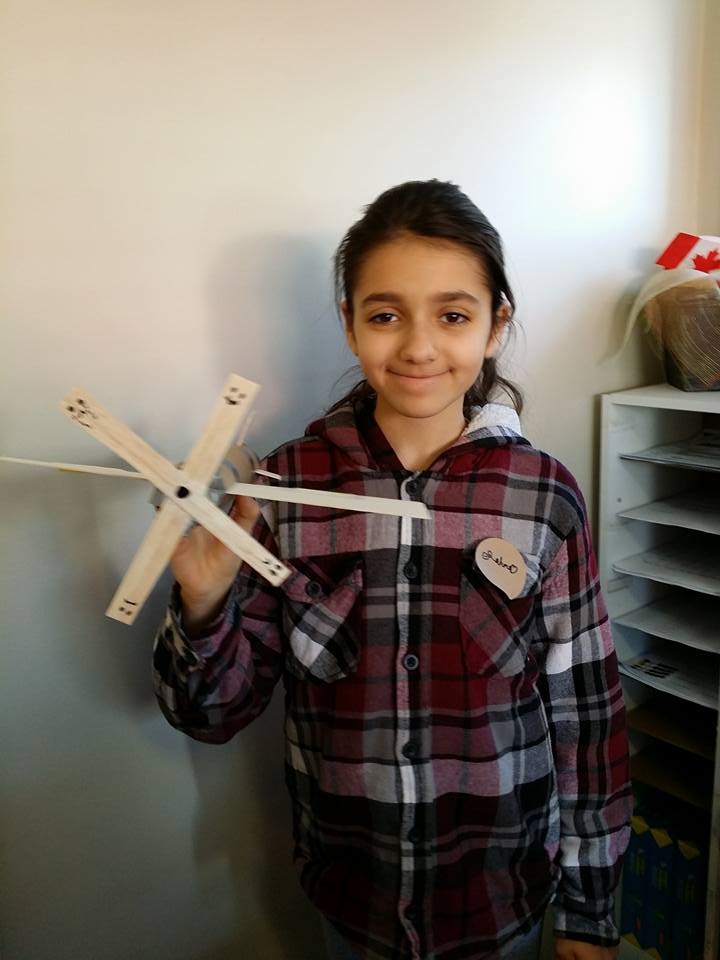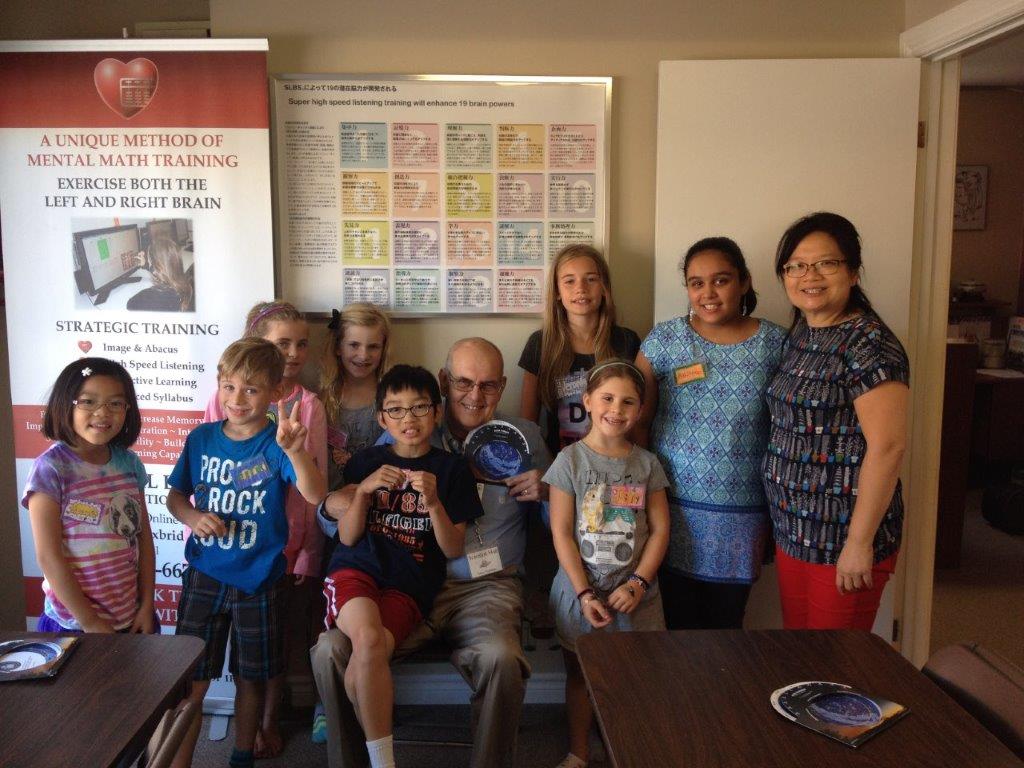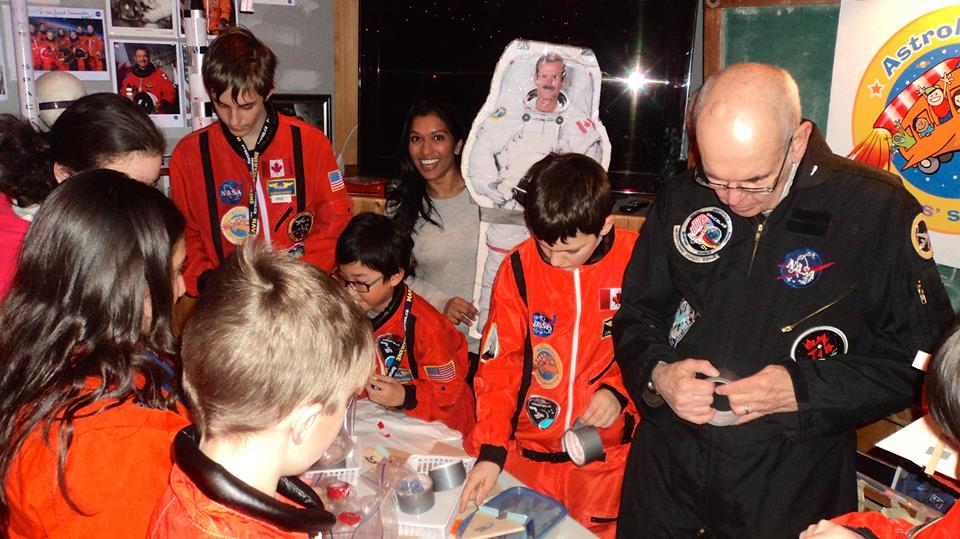The Science Playground
 Young Canadian Space Club
Young Canadian Space Club A Child's Dream
A Child's Dream Inexpensive Science Activities for Your Classroom
Inexpensive Science Activities for Your Classroom WCDR Member Celebration
WCDR Member Celebration March Break Day Camp, March 16, 2017
March Break Day Camp, March 16, 2017 Space Exploration Educators Conference (SEEC) 2017
Space Exploration Educators Conference (SEEC) 2017 BOOKAPALOOZA 2016
BOOKAPALOOZA 2016 Oshawa Executive Airport
Oshawa Executive Airport Uxbridge Fall Fair
Uxbridge Fall Fair Space Workshop in Uxbridge With the ABS Abacus Brain Study Children
Space Workshop in Uxbridge With the ABS Abacus Brain Study Children RASC AGM
RASC AGM What’s Up in Space Camp & STEM Contest.
What’s Up in Space Camp & STEM Contest. AstroNut Kids Space Club Mission #60
AstroNut Kids Space Club Mission #60 Young Canadian Space Club
Young Canadian Space ClubYoung Canadian Space Club
 A Child's Dream
A Child's DreamA Child’s Dream
Space Academy for Educators in Huntsville, Alabama is a life-altering experience that educators who are interested in space exploration should take.
We were 20 educators and total strangers on Day 1. We were divided into two teams and I was one of the eleven in Team Columbus. We started doing two very challenging cooperation games. Following this, we headed over to the control room to take the positions we had signed up for earlier. I was CAPCOM the Communications Officer at Mission Control. We had only 20 minutes to learn the many codes on the screens in front of us, read over our highlighted parts in our manuals and familiarize ourselves with the timer clock and the times we had to say our lines from the binders. It was an unnerving experience. We would do the actual mission the following day where was would launch our crew in the space shuttle for a low orbit mission.
Following lunch, we headed to a small lake that had the zipline and helicopter crash activities. I did the helicopter crash first. Six of us got inside this large drum with windows and a door. When it sank into the water, I couldn’t believe how fast the water was rushing in. When we were instructed to evacuate, we did so, one at a time and swam to a designated section. What a rush. It was then my turn to do the zipline. I walked up the 4 flights of stairs wearing a harness arrangement, the two men at the top connected me to straps, told me to sit down and I was released. When I hit the water, it was so refreshing because the Alabama temperature was in the mid 90s.
We did many activities over the 5 days. In the evenings, we’d meet in a common room and play charades. We laughed and without realizing it, we were bonding.
By the final day with two missions under my belt, I’ve never felt closer to the other ten members of Team Columbus than I did on the final day. At the graduation ceremony in the evening, I was awarded the “Right Stuff” medal for trying and doing everything, plus other nice things they said about me. I felt humbled and honoured at the same time. My childhood dream was to have the experience of doing anything related to a space adventure. The Space Academy for Educators made that dream become a reality.
During the week, I had the privilege to me Dan Oates, Mandy, Jonathan and many other fine staff who guided us on an incredible five-day, space-related experience. I had the privilege to meet Homer Hickam Jr., author of “The Rocket Boys” and Ed Buckbee who along with astronauts established the Space and Rocket Center in Huntsville.
On Day 1 we were 20 strangers. On Day 5 we were best buds. We still communicate with each other and with the other 9 members of Team Destiny. This speaks volumes for the Space and Rocket Center in Huntsville, Alabama. Volumes!
 Inexpensive Science Activities for Your Classroom
Inexpensive Science Activities for Your ClassroomInexpensive Science Activities for Your Classroom
My buddy Ray (Bielecki) and I did a workshop at Johnson Space Center (NASA) in Houston, Texas (February 3, 2018) entitled, “Inexpensive Science Activities for Your Classroom.”
After introducing ourselves, we started our first activity. Using modelling clay, the educators had to make the planets to scale following a list of instructions. The expressions of disbelief on the faces of the educators were similar to the children’s faces in the classes where I have done this activity. Educators and students can’t believe how small Earth is compared to Jupiter. This is a great hands-on activity to get kids involved in creating the planets using modelling clay.
The activity of using grains of Kosher Salt to represent stars in our Milky Way Galaxy was an intro to the Metric System for the American teachers. They had to calculate the number of grains of salt in a cubic centimeter multiply their number by 1 000 000 for the number of cubic centimeters in a cubic meter and divide their answer into 300 000 000 000 to see if 3 hundred billion stars (number of stars in the Milky Way galaxy) would fit into the classroom we were in. This is a great activity to build math skills.
Finally, it was time to construct our space planes. These are basically balsawood gliders. You can find a few designs in my newly published book, Hover & Soar (available on Amazon worldwide). I attach a canard to the delta winged glider and add control surfaces. While the educators were building their planes, Ray and I drew names for our door prizes. Everybody got to take something home: If not a door prize, then the items used for our activities.
The 26 educators who attended seemed to have a good time. We gave them a few ways to save a dollar and still provide hands-on activities for the children. We took a group photo with some of them. Others had to leave right away. Notice the educators holding their delta winged glider. My buddy Ray (below) is holding his version of the Canadarm, but that’s another story.
 WCDR Member Celebration
WCDR Member CelebrationWCDR Member Celebration
 March Break Day Camp, March 16, 2017
March Break Day Camp, March 16, 2017March Break Day Camp, March 16, 2017
I had located two videos to use in my presentation, but I couldn’t get copy write clearance, so I opted to use pictures instead of hovercrafts and sailplanes (gliders).
I was on at 10:00 am and I started to teach the 14 children, ages 7-11, representing various languages including Chinese, Arabic, French and Japanese, how to build a balloon powered hovercraft. The younger children had a hard time blowing up their balloons, but they eventually got it.
The next activity was a simple delta wing balsawood glider with canard and elevons. The canard makes planes fly more smoothly and the elevons serve as both ailerons and elevators on delta planes.
I was grateful for the help of Kathy Normandeau and Annie Hardock. I would teach a concept then each of us worked with a smaller group re-teaching the concept step-by-step until the plane was finished. I had the children put on safety glasses and they flew their planes following my instructions. I asked them to observe how their plane flew.
Afterward, I gave suggestions based upon different flights how to make their planes fly more in a straight descending line. I passed out coloured bags into which the children put their hovercrafts and planes. They put their names on the bags and set them aside.
We broke for a 15 minute snack and then it was time for my paper towel roll balsawood glider. Again, the ladies and I used a step-by-step approach with minimal instruction. It was time for the children to become engineers in training. Although some basic concepts were taught, the children had to build their own planes. One student had the vertical stabilizer inserted above and below the horizontal stabilizer (like the “X”: shape designed by this girl in the picture to the left). This made the plane more secure in the sections that were cut. Some students opted to create their own vertical stabilizer. When the children asked “Could I design my own?” I immediately said, “Yes.” They were experimenting and exploring new concepts. They were, engineers in training.
One 8 year old said as he was leaving for lunch, “This is more fun than school.” Gosh, I love science more when I see children taking the initiative and trying new things.
 Space Exploration Educators Conference (SEEC) 2017
Space Exploration Educators Conference (SEEC) 2017Space Exploration Educators Conference (SEEC) 2017
This was my fourth time attending SEEC at Johnson Space Center in Houston, Texas. The first thing that grabs your eye is the 747 jet. On top of it sits a 37 meter long space shuttle replica named “Independence.” My friend Brian Ewenson (formerly a rocket Scientist with NASA), currently Executive Director at Spaceport Sheboygan, Wisconsin took my friend Ray Bielecki (founder of the AstroNuts Kids Space Club in Newmarket) and I on a private tour. The 747 is filled with memorabilia of past shuttle missions.
The Neutral Buoyancy Lab is the largest pool in the world. In it is a full sized model of the International Space Station (ISS). Astronauts wear weights on the outside of their spacesuits to keep them at a desired level, while in the pool, so they can do tasks similar to the ones during space walks on the ISS. The only difference between working in the pool and outer space, you do not have two frogmen watching your movements to insure your safety.
The Saturn V rocket at the Apollo-Saturn V Center is unbelievably huge. I had no idea from pictures how big this rocket is. Standing upright, the rocket is 34 stories high. In its current location, Each of the three stages are separated so the viewer can observe the detail of each section. Brian took my friend Ray and I on a private tour. It was great. We had a lot of photo opportunities without the presence of tourists.
I met again at least two dozen people from previous conferences and made another dozen friends at this year’s conference. Marlene Morgan on my right is the Special Education Teacher at the University of Houston-Clear Lake, TX and Kaci Heins is the Education Supervisor at Space Center Houston. These are two of many educational professionals I had the privilege of knowing from previous conferences.
The unique aspect about SEEC are the people. Friendships are established that last a lifetime. We email each other, most are on Face Book and Twitter. I made many friends from the USA, India, Australia and Canada just to name a few of the countries. And we look forward to seeing each other at SEEC. It is a conference all about Space. How cool is that?
 BOOKAPALOOZA 2016
BOOKAPALOOZA 2016BOOKAPALOOZA
This was the second year that the Writers Community of Durham Region (WCDR) hosted BookaPalooza. The event was held at Durham College-Whitby Campus, running from 10:00am to 4:00 pm on November 21st. The event was attended by the general public. With the variety of genres available coupled with readings and book signings, it promised to be a wonderful opportunity for shoppers looking for a gift to give during the Holiday Season.
I bought a book for my daughter by a gifted author and I sold one of my two books.
For those of us displaying our books, the day was about networking and if you sold a book or two, that was a bonus.
I had a great time and conversed with many authors.
BOOKAPALOOZA 2016
BOOKAPALOOZA was a worthwhile networking adventure. I sold 4 books, planted seeds for school bookings into the minds of a dozen educators and spoke to a lot of people who stopped by my table. I had a hook. My pneumatically controlled tow truck served me well as I raised and lowered the boom. Once I piqued their interest, I showed them the tow truck schematic and pictures in my book, Taylor’s Pneumatic Toys. I informed them that this was just one of nine toys in my book that their children or grandchildren could build. I received many positive comments on this book.
My other book, Career Options Maria Sirdar-Nickel also received positive comments. As one educator put it: “This book should be in every secondary school in the country.” I agree.
My display.
I have published 2 books, namely: Taylor’s Pneumatic Toys and Career Options Maria Sirdar-Nickel. I have also published articles in the Fredericton Gleaner, Uxbridge COSMOS, Canadian Teacher, Metro Voice and the two e-Journals Elements and Crucible of the Science Teachers Association of Ontario (STAO).
My science workshops have been for children in schools and community functions I have done workshops for educators at the Science Teachers Association of Ontario (STAO), the Ontario Association of Physics Teachers, the Dufferin/Peel School Board, and at the Space Exploration Educators Conference (SEEC), Johnson Space Center (NASA) in Houston, TX.
 Oshawa Executive Airport
Oshawa Executive AirportOshawa Executive Airport
Scientist Stan was at
Oshawa Executive Airport Open House
1200 Airport Boulevard, Oshawa, ON L1J 8P5
October 1, 2016 10:00 am-4:00 pm Hosted by COPA-70
Scientist Stan taught children how to make balloon powered hovercrafts and delta wing balsawood gliders with canard and control surfaces. The children got to take home their hovercrafts/gliders.
There were sightseeing flights, hands on activities for kids, aircraft and other displays of interest.
Three pictures of last year’s event (outside, 2015) and 1 picture of the 2016 event (bottom) inside a tent. Grandson Nickolas is behind the table in the blue shirt. I am at the far end of the table. Both of us are helping students make eithe the hovercraft or the glider.

 Uxbridge Fall Fair
Uxbridge Fall FairUxbridge Fall Fair
The Uxbridge Fall Fair was a busy place with many vendors sharing their expertise with visitors. I was representing the Uxbridge Networking Group UNG). We were located in the Red Bard in Elgin Park, shielded from the elements. UNG donated prizes of over $1500 for a draw. The ballots would be drawn at the UNG Breakfast at Scrambles Restaurant at the Foxbridge Golf Club on September 13th, my birthday. How fitting.
Stan with Raquel Bruinsma, Canadian Red Cross Partner and owner of Compressions 4 You, and Roger Prince of Prince Leadership Group.
The Uxbridge Networking Group is made up of small and home-based businesses sharing ideas, expertise and experiences. We make introductions to others in the community, and we provide cost-effective ways to promote members’ businesses. We meet one a month alternating breakfast and lunch from September to June. Stan donated two of his books as prizes for the raffle draw. In the picture Stan has drawn the winning name for his two books which are being held by Annie Hardock, Founder and Chair of UNG.
 Space Workshop in Uxbridge With the ABS Abacus Brain Study Children
Space Workshop in Uxbridge With the ABS Abacus Brain Study ChildrenSpace Workshop in Uxbridge With the ABS Abacus Brain Study Children
On August 30, 2016, I had the privilege of doing a Space workshop with the children of the ABS Abacus Brain Study in Uxbridge, ON. I was invited to do the workshop by the company’s founder, Annie Hardock.
I started by showing the children, aged 6 to 10 a musical version of the 8 planets in our solar system. This was followed by the children making folds in bulletin boarder strips decorated with stars. When the folds were completed, the planets whose initials appeared on the folds represented a scale version of our solar system.
We then built a soda straw rocket. I preprinted, coloured paper with “Canada” typed on it vertically for the children to wrap around the straw and secure with tape. I had precut three fins for each child to tape onto the rocket. When they removed their rocket from the straw t stood up by itself. I didn’t dare show the children that by blowing into the straw that they could launch their rockets. It was a small room and I did not want any mishaps.
Finally, I taught the children how to use a planisphere to study the night sky and to pick out a few of the constellations. I usually teach this activity to Grade 6 students, however, these children were keen and eager to learn They caught on quickly.
Thank you Annie for the invitation to teach these wonderful children.
 RASC AGM
RASC AGMRASC AGM
Grade 12 science educators operating my pneumatically controlled Canadarm at the RASC AGM in London, ON on May 19, 2016. I had 20 minutes to do a mini lesson and I was one of 6 people. I taught the educators how to make an end effector using Styrofoam cups, string and masking tape. The end effector is the piece on the end of the Canadarm that grabs onto space hardware) . Each educator had an “aha” moment as they used their newly made end effector to pick up their miniature antenna.
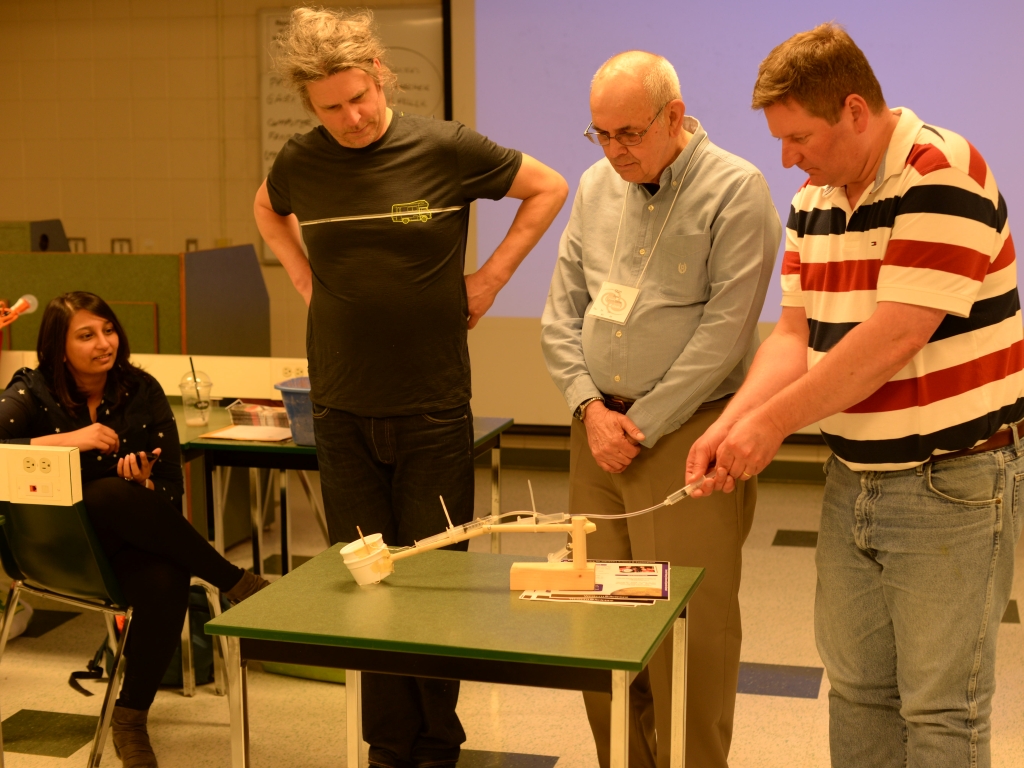

I brought out my pneumatically controlled Canadarm and asked for the assistance of two Grade 12 science educators. One of the educators controlled the up and down motion of the lower boom, while the other educator controlled the left and right rotation of the Styrofoam cup. I explained to them that all of the plans with pictures and parts list are available in my book, Taylor’s Pneumatic Toys.
I have taught educators to make my Canadarm at STAO’s Annual Conference over the past four years, once at the Ontario Association of Physics Teachers’ Conference and at SEEC at Johnson Space Center (NASA) in Houston, TX.
I have taught children to make my Canadarm in a school in Markham, at the AstroNuts Kids Space Club in Newmarket, at the Pickering Nuclear Power Plants March Break Week festivities, and at Blue Heron Books in Uxbridge during the summer holidays.
 What’s Up in Space Camp & STEM Contest.
What’s Up in Space Camp & STEM Contest.What’s Up in Space Camp & STEM Contest.
My friend Ray Bielecki organizes “What’s Up in Space Camp & STEM Contest.” This year was the 5th year of him organizing this event. While activities are taking place, Ray plays the bewildered baffoon dashing here and there in a seemngly confused state. Trust me. He is not confused. He is not a baffoon. If you step back and just watch him work, it is a well choreographed display of organizational skills that you will ever see. He knows exactly what’s going on and when. With the ebb and flow of events, Ray is poetry in motion.
This is my 2nd year at this event and I even got billing at the bottom entitled “Scientist Stan.” I am honoured to be billed with the prestigious women, men and organizations who appear before me. To be included on the list is an honour.
I taught children at this event to build balsawood gliders with control surfaces from 12:15-12:45 am and from 1:15-1:45 pm. What do gliders have to do with Space? Many of Canada’s astronauts are also pilots. David Saint-Jacques and Jeremy Hanson our newest astronauts are pilots. If the children built my delta wing glider, it could resemble the AVRO Arrow or the space shuttle.
From reports of others, the children enjoyed my activity. There was a good variety of activities by many presenters for the children.
The Storm Troopers were out in Force, having their picture taken with the children. Here are two of them viewing the sun through telescopes with sun filters. The children also had an opportunity to view the sun, thanks to the RASC, Toronto Centre members who brought their scopes.
One of the highlights of the day was seeing my friend Brian Ewenson. Brian is an aeronautical engineer (retired from NASA in Houston) who currently runs Spaceport Sheboygan in Wisconsin. Brian flew to Toronto to give a 15 minutes talk to kids for his buddy Rae. This is the calibre of people Ray gets at his Space Camp.

 AstroNut Kids Space Club Mission #60
AstroNut Kids Space Club Mission #60AstroNut Kids Space Club Mission #60
Each Mission that Ray organizes is 3 hours of packed science fun for the AstroNuts. The children range in age from 9 to 14 years. Mission #60 was held on October 25, 2015.
At 2:00 pm, Ray welcomes the group and makes a few announcements. Sometimes his son Brett makes the announcements.
At 2:15 pm Tim Harris updates the kids in the latest technological developments in his “What’s Up in Space” news reel that he creates himself.
At 2:30 pm, Astronomer Paul Delaney gave a brief talk about ”What’s Up With Being Down With Gravity” indoors.
The group goes outside to the back, grassy area of a school yard. Paul has designed two scale version activities using rope laid down almost the length of the field. He places one student at the start of the rope which is the Big Bang Theory, and assigns positions on a cosmological scale to modern humans. Students are placed at each point with a picture and a title of the period. The children get to visually see how short a period of time that humans have been present on this scale.
Paul’s second activity is to place the planets in order from that closest to the Sun to the eighth planet Neptune being the farthest. This visual is very impressive.
At 3:30 pm we have the world famous, 15 minute Pizza Pizza break.
At 3:45pm, it is time to do my activity. I taught the children how to make a simple delta wing balsawood glider with control surfaces. Once built, the children took their planes outside and under Ray’s direction, flew them.
At 4:15 pm, Scott Sutherland showed pictures of various nebulae for his theme “Halloween in the Cosmos” also termed, ”Scary Stuff in Space.”
The children were delighted with all the activities as the program concluded promptly at 5:00 pm.
What a great way to spend a Sunday.
AstroNut Kids Space Club Mission #60
Each Mission that Ray organizes is 3 hours of packed science fun for the AstroNuts. The children range in age from 9 to 14 years. Mission #60 was held on October 25, 2015.
At 2:00 pm, Ray welcomes the group and makes a few announcements. Sometimes his son Brett makes the announcements.
At 2:15 pm Tim Harris updates the kids in the latest technological developments in his “What’s Up in Space” news reel that he creates himself.
At 2:30 pm, Astronomer Paul Delaney gave a brief talk about ”What’s Up With Being Down With Gravity” indoors.
The group goes outside to the back, grassy area of a school yard. Paul has designed two scale version activities using rope laid down almost the length of the field. He places one student at the start of the rope which is the Big Bang Theory, and assigns positions on a cosmological scale to modern humans. Students are placed at each point with a picture and a title of the period. The children get to visually see how short a period of time that humans have been present on this scale.
Paul’s second activity is to place the planets in order from that closest to the Sun to the eighth planet Neptune being the farthest. This visual is very impressive.
At 3:30 pm we have the world famous, 15 minute Pizza Pizza break.
At 3:45pm, it is time to do my activity. I taught the children how to make a simple delta wing balsawood glider with control surfaces. Once built, the children took their planes outside and under Ray’s direction, flew them.
At 4:15 pm, Scott Sutherland showed pictures of various nebulae for his theme “Halloween in the Cosmos” also termed, ”Scary Stuff in Space.”
The children were delighted with all the activities as the program concluded promptly at 5:00 pm.
What a great way to spend a Sunday.

BookaPalooza
This was the second year that the Writers Community of Durham Region (WCDR) hosted BookaPalooza. The event was held at Durham College-Whitby Campus, running from 10:00am to 4:00 pm on November 21st. The event was attended by the general public. With the variety of genres available coupled with readings and book signings, it promised to be a wonderful opportunity for shoppers looking for a gift to give during the Holiday Season.
I bought a book for my daughter by a gifted author and I sold one of my two books.
For those of us displaying our books, the day was about networking and if you sold a book or two, that was a bonus.
I had a great time and conversed with many authors.


